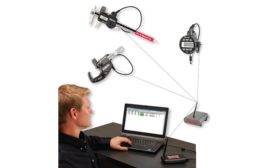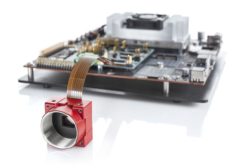Software
Automatic, wireless measurement data collection today is easier, faster, and more powerful.
Read More
Quality Web Exclusive
Exact Metrology Helps Sculptor Create Life-Size Statues of First Responders
January 13, 2020
Ten Elements of Effective Document Control
The document control system is a hub for the information that drives your quality system.
January 1, 2020
A Pulse on Quality 4.0 for Medical Device Manufacturing
In the medical device manufacturing market, there are numerous challenges to design and produce safer devices.
December 10, 2019
Quality Headline
Sigma Labs Appoints Software Exec Ruport Executive Chairman
December 9, 2019
Stay in the know with Quality’s comprehensive coverage of
the manufacturing and metrology industries.
eNewsletter | Website | eMagazine
JOIN TODAY!Copyright ©2025. All Rights Reserved BNP Media.
Design, CMS, Hosting & Web Development :: ePublishing












